The Bisti De-Na-Zin Wilderness forms an extraordinary marvel of geology, in an area of Badlands. Its name derives from the original Native American name: the original Navajo term literally translates as “among the adobe formations.”
The United States Bureau of Land Management manages the majority of the region. Three additional small portions remain private Navajo land. The landscape of the region holds extremely rugged terrain, and it is believed that a bizarre event occurred there in the past.
Evidence shows that the region once contained a large coal field. However, a natural event, likely a lightning strike, ignited the coal field, which subsequently burned for centuries.
Related Articles
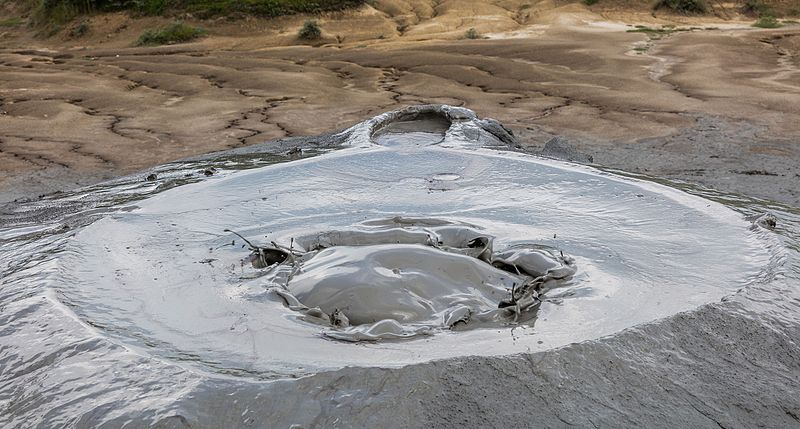
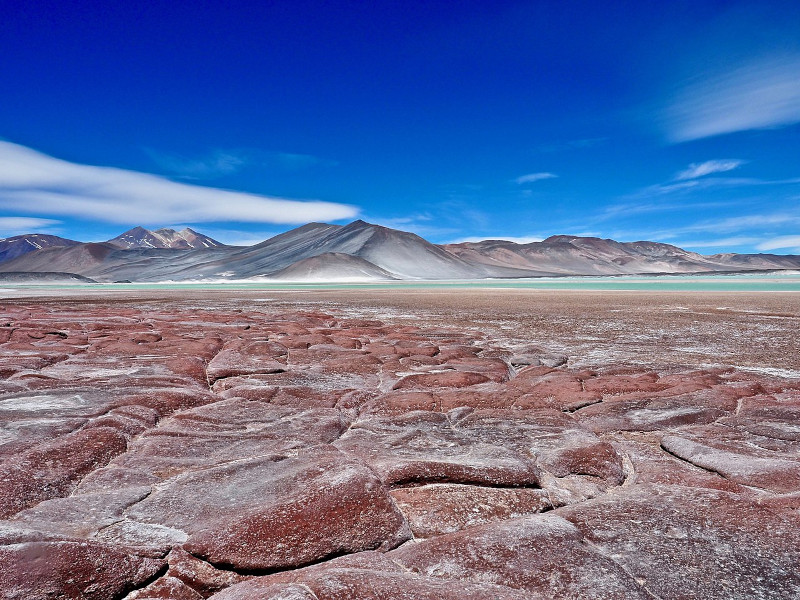
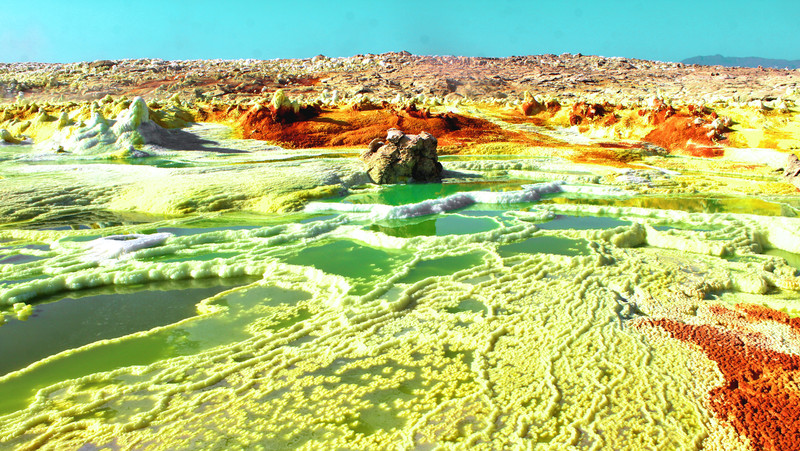
Bisti De-Na-Zin Wilderness Nature and Formation
This remarkable place formed in San Juan County, in the state of New Mexico, United States, and covers a total area of roughly 45,000 acres (18,000 ha).
This extremely desolate region of highly eroded badlands and was once a river delta, approximately 70 million years ago, and later a coalfield.
A combination of erosion and volcanic activity created the extraordinary geological features the region is now popular for. These are primarily composed of sandstone, lignite, and shale.
Most of the many hoodoos in the region formed about 6,000 years ago when the last ice age ended. The layer of sandstone that comprises the floor of the region is about 1,400 ft (430 m) deep.
Bisti De-Na-Zin Wilderness Climate and Habitation
The Bisti De-Na-Za Wilderness owes its stark and arid environment to a unique combination of factors.
This section of plains surrounding the area sits approximately 6,500 ft (1,981 m) above sea level. The Badlands that contain the Bisti De-Na-Zin Wilderness, however, sit nearly 400 ft (122 m) below the plains.
Despite the starkness of the region, some species managed to adapt to the conditions. A few hardy plant species such as small scrub and grasses survive within the region. This supports a small, but surprisingly varied, animal population. These include rabbits, badgers, coyotes, several avian species, and, not surprisingly, scorpions and tarantulas.
Archaeological evidence indicates that Native Americans first inhabited the location nearly 10,000 years.
Features Sharing Its Region
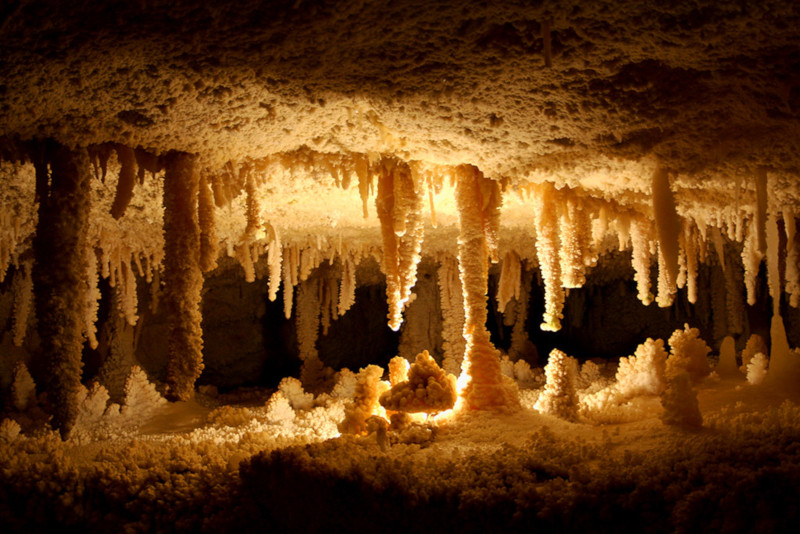
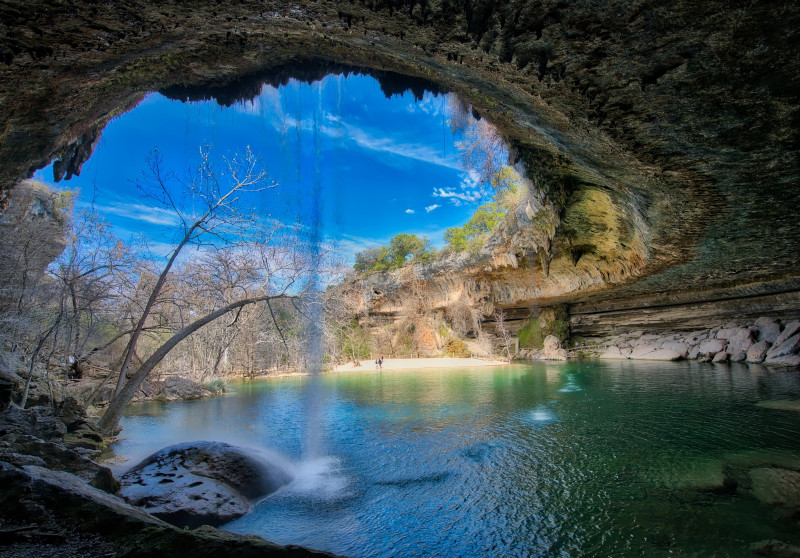
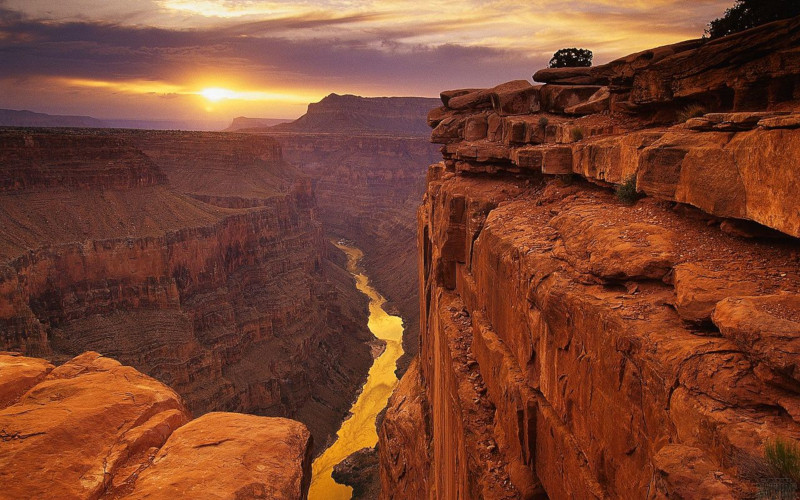
Check out our other articles on 5 Remarkable Bolivian Herbaceous Plants, Walrus, Kangaroo Island, Rabid Wolf Spider, Balsam Fir, Southern Stingray, Little Auk, Texas Alligator Lizard
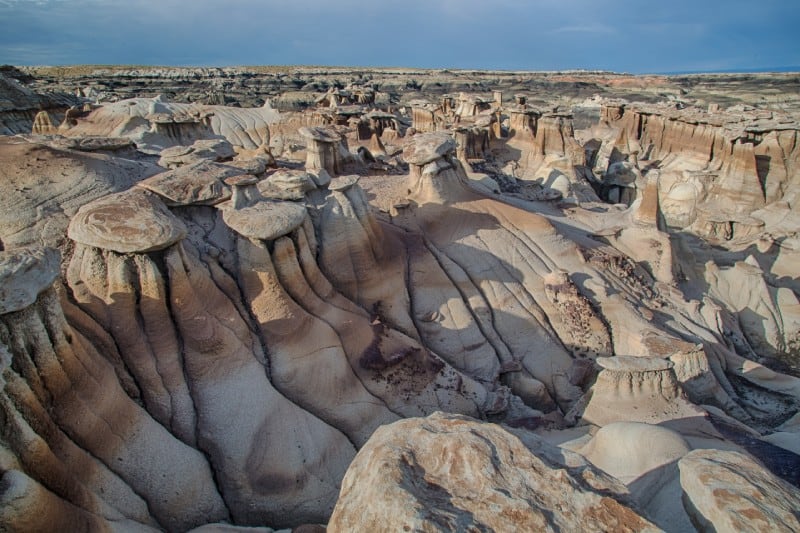
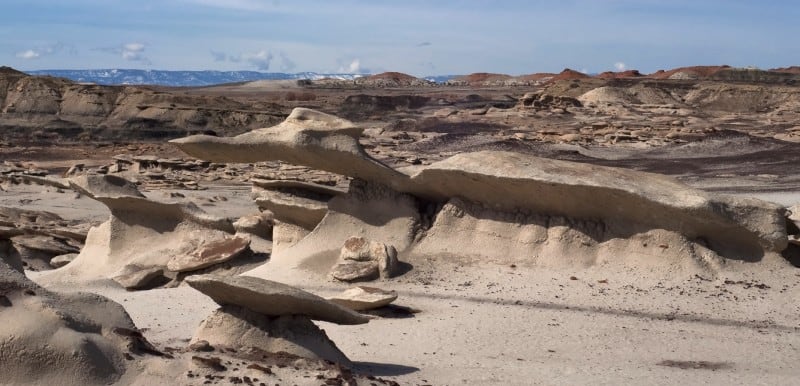
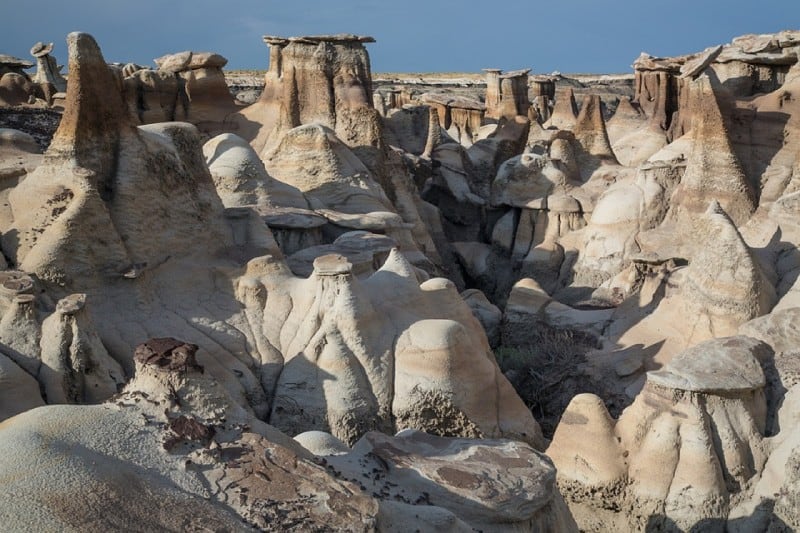









Leave a Reply